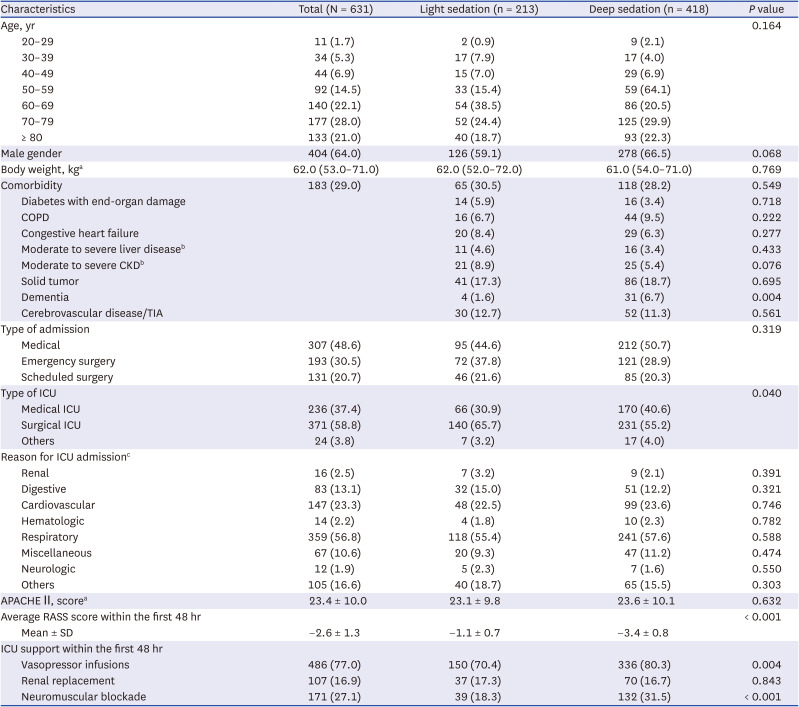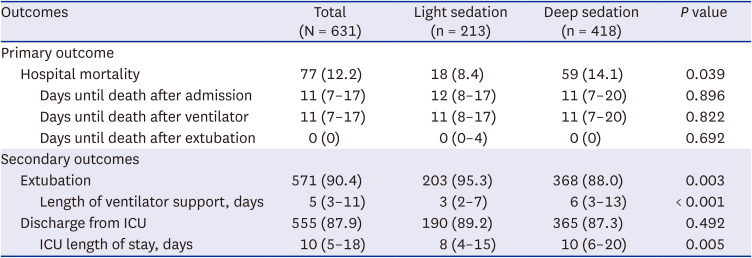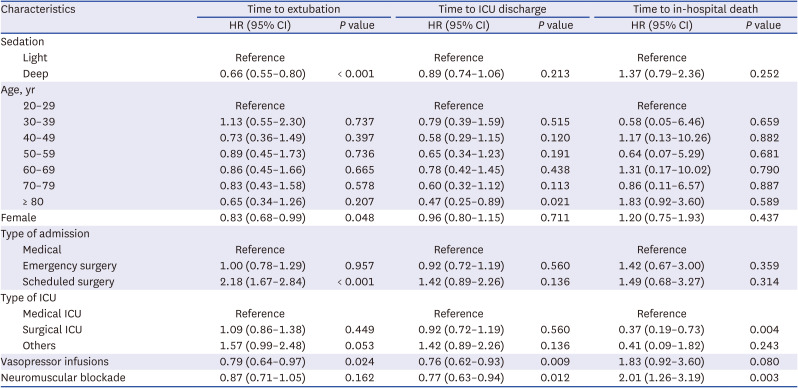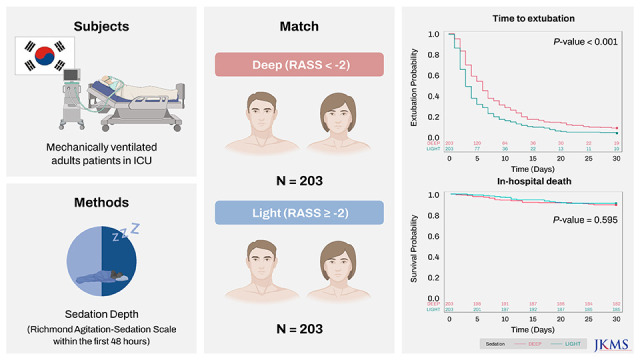1Department of Pulmonary and Critical Care Medicine, Asan Medical Center, University of Ulsan College of Medicine, Seoul, Korea.
2Medical Research Project Team, IM Medical, Pfizer Korea Pharmaceuticals Limited Company, Seoul, Korea.
3Department of Preventive Medicine, Yonsei University College of Medicine, Seoul, Korea.
4Division of Biostatistics, Department of Biomedical Systems Informatics, Yonsei University College of Medicine, Seoul, Korea.
5Division of Acute Care Surgery, Department of Surgery, Korea University Anam Hospital, Korea University College of Medicine, Seoul, Korea.
6Department of Trauma and Surgical Critical Care and Biomedical Research Institute, Pusan National University Hospital, Pusan National University School of Medicine, Busan, Korea.
7Department of Intensive Care Medicine, Dong-A University Hospital, Busan, Korea.
8Department of Surgery, Haeundae Paik Hospital, Inje University College of Medicine, Busan, Korea.
9Department of Thoracic & Cardiovascular Surgery, Seoul National University Bundang Hospital, Seongnam, Korea.
10Department of Critical Care Medicine, Internal Medicine, Seoul National University Hospital, Seoul, Korea.
11Department of Critical Care Medicine, Anesthesiology and Pain Medicine, Seoul National University Hospital, Seoul, Korea.
12Department of Acute Care Surgery, Asan Medical Center, University of Ulsan College of Medicine, Seoul, Korea.
13Department of Thoracic and Cardiovascular Surgery, Keimyung University School of Medicine, Daegu, Korea.
14Division of Pulmonology and Allergy, Department of Internal Medicine, Regional Center for Respiratory Diseases, Yeungnam University Medical Center, College of Medicine, Yeungnam University, Daegu, Korea.
15Department of Thoracic and Cardiovascular Surgery, Yeungnam University Medical Center, College of Medicine, Yeungnam University, Daegu, Korea.
16Division of Critical Care Medicine, Department of Anesthesiology and Pain Medicine, Yonsei University College of Medicine, Seoul, Korea.
17Department of Internal Medicine, Daegu Catholic University Medical Center, Daegu Catholic University School of Medicine, Daegu, Korea.
18Division of Pulmonary and Critical Care Medicine, Department of Internal Medicine, Seoul Metropolitan Government-Seoul National University Boramae Medical Center, Seoul, Korea.
19Department of Critical Care Medicine, Korea University Ansan Hospital, Korea University College of Medicine, Ansan, Korea.
20Department of Pulmonary, Allergy and Critical Care Medicine, Hallym University Sacred Heart Hospital, Hwaseong, Korea.
21Department of Critical Care Medicine, Samsung Medical Center, Sungkyunkwan University School of Medicine, Seoul, Korea.
22Department of Pulmonary, Allergy, and Critical Care Medicine, Korea University Anam Hospital, Korea University College of Medicine, Seoul, Korea.
23Division of Acute Care Surgery, Department of Surgery, Korea University Guro Hospital, Seoul, Korea.
24Department of Internal Medicine, Inje University Haeundae Paik Hospital, Busan, Korea.
25Division of Pulmonology and Critical Care Medicine, Department of Internal Medicine, Severance Hospital, Yonsei University College of Medicine, Seoul, Korea.
26Division of Pulmonary, Allergy, and Critical Care Medicine, Department of Internal Medicine, Korea University Guro Hospital, Seoul, Korea.
27Division of Pulmonary and Critical Care Medicine, Department of Medicine, Samsung Medical Center, Sungkyunkwan University School of Medicine, Seoul, Korea.
28Department of Emergency Medicine, Gachon University Gil Medical Center, Incheon, Korea.
29Department of Pulmonary and Critical Care Medicine, Ajou University School of Medicine, Suwon, Korea.
30Division of Acute Care Surgery, Department of Surgery, Hallym University Sacred Heart Hospital, Anyang, Korea.
31Department of Emergency Medicine, Ajou University School of Medicine, Suwon, Korea.
32Department of Internal Medicine, Yonsei University Wonju College of Medicine, Wonju, Korea.








 PDF
PDF Citation
Citation Print
Print





 XML Download
XML Download